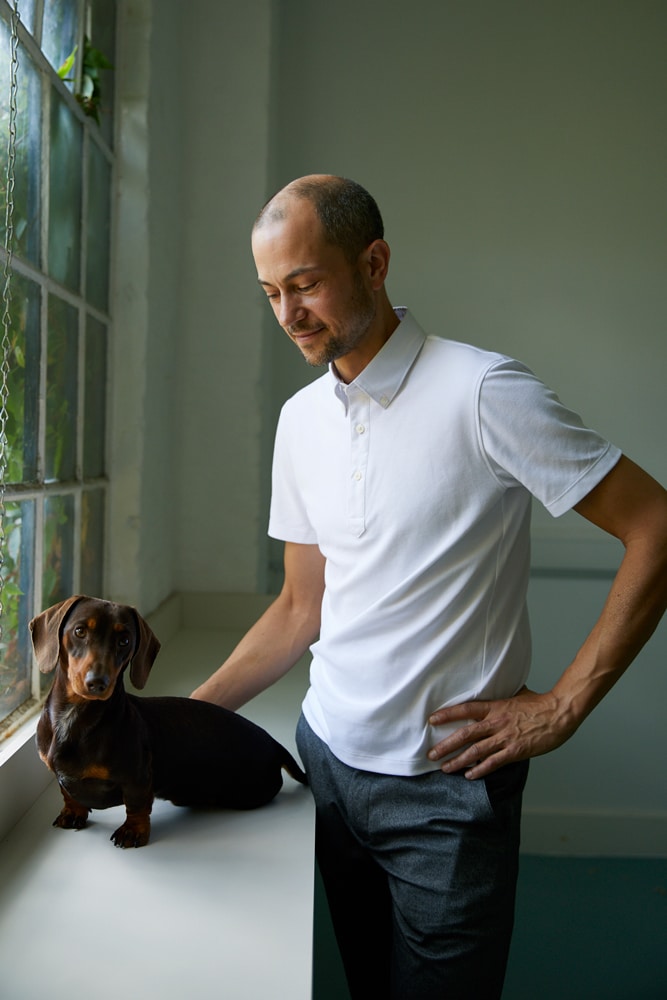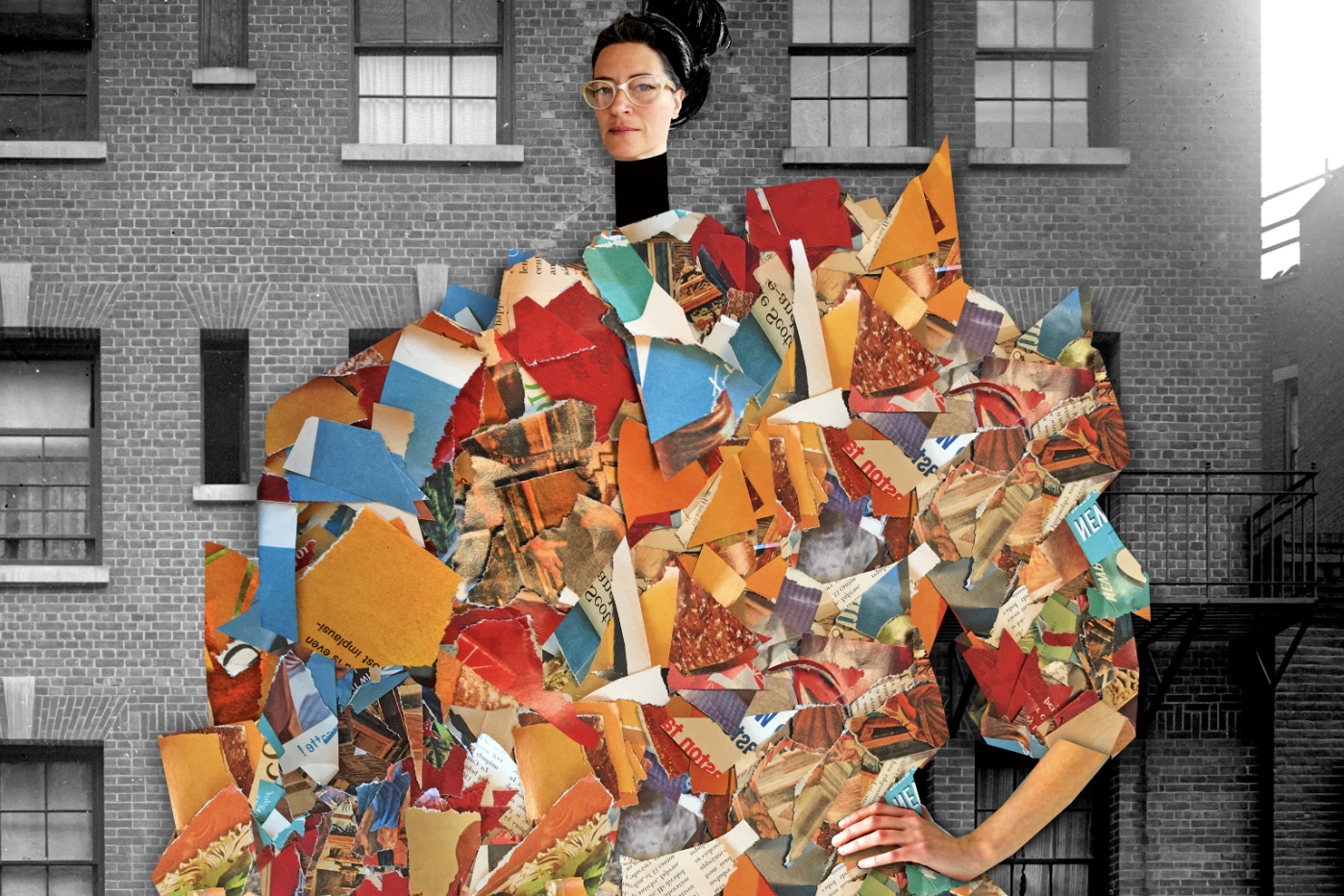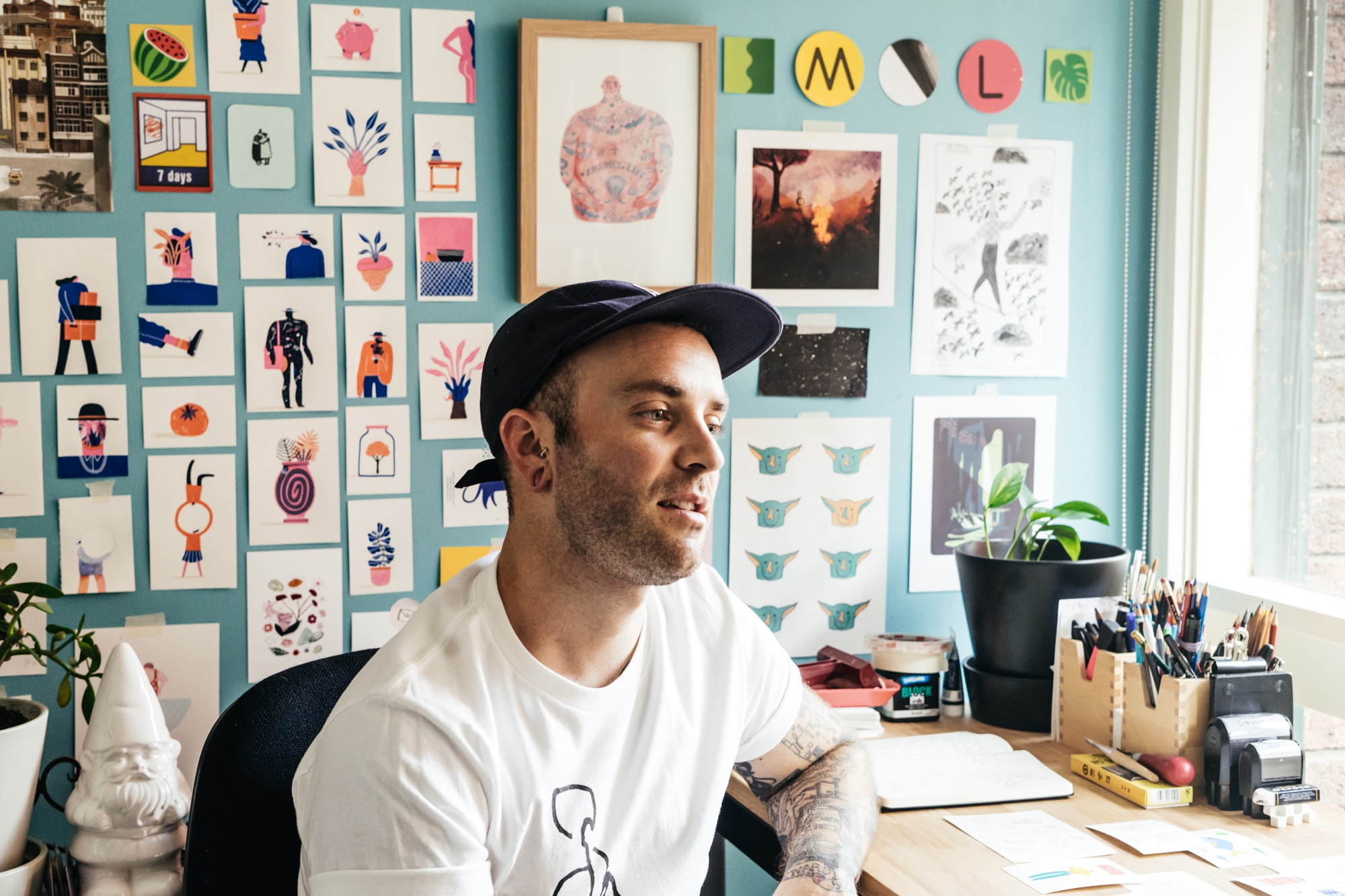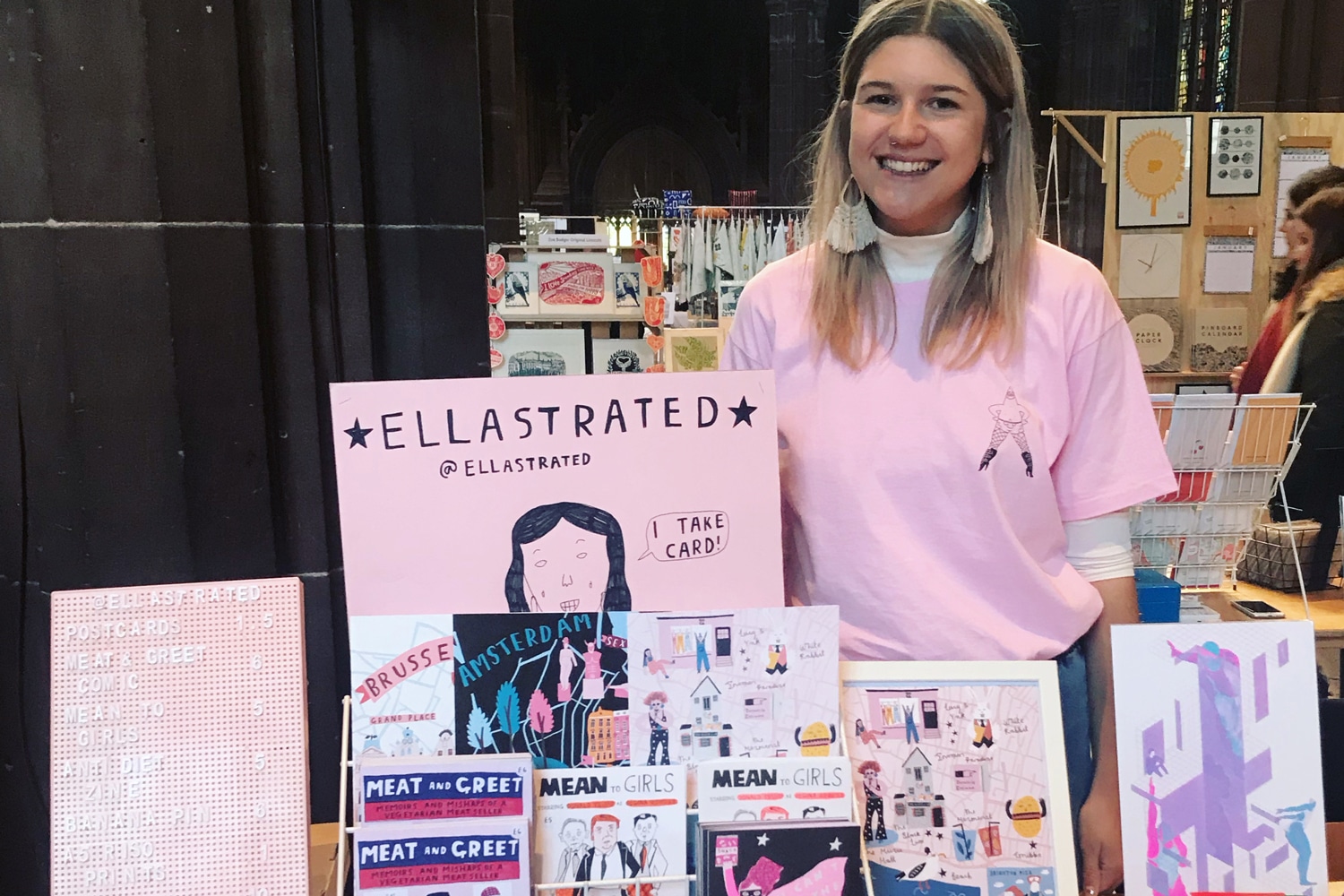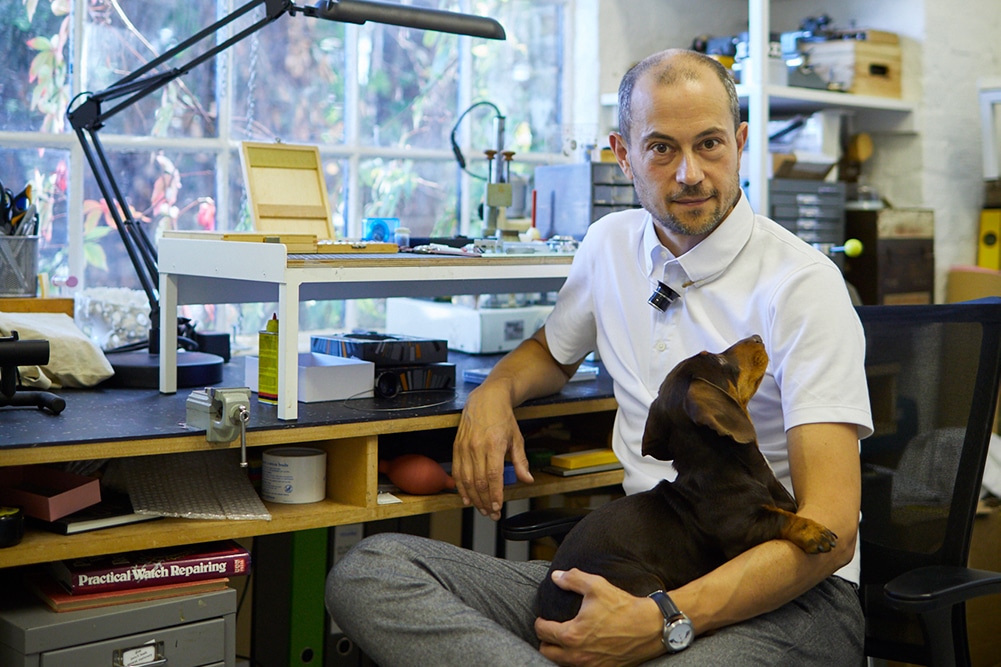
Crispin Jones has had quite an interesting career so far. Born and bred in London, he started out in fine arts before he chose design as his forte.
Trained at Kingston University and the Royal College of Art, he went on to work on interactive projects for museums and galleries including for Tate Modern, The V&A and The Science Museum.
In 2007, he founded Mr Jones Watches, a London based company that designs and builds unusual watches. We caught up with Crispin to talk about his love of watches, London and his dog Stanley.
Did you always want to be a designer?
No, not at all! I wanted to be an artist, indeed my undergraduate degree was in sculpture, it was only later that I found my way to the world of design.
Why the fascination with watches?
Watches are interesting primarily because they’re one of the few adornments that men feel comfortable wearing. As such they express a lot about the wearer – they are taste, aspirations, personality and so on. What’s curious is that the watch industry is so conservative – the vast majority of companies are happy making something that looks more or less like every other brand. This means that there are a lot of people who don’t feel represented or attracted to the standard watches that are on offer, and it’s for these people that we produce something that they can identify with.
Talk about the process you use. How do you create a watch from start to finish?
It varies, mostly though we collaborate with different artists and illustrators. We work in an iterative way from initial onscreen versions until we’re pretty happy at which point we’ll start sampling physically. Generally watches go through several rounds of physical samples (revisions to the artwork, colours and so forth) until we’re happy with them and we can produce the initial limited edition version of a model. The process normally takes around two or three months from the initial artwork to the final production.
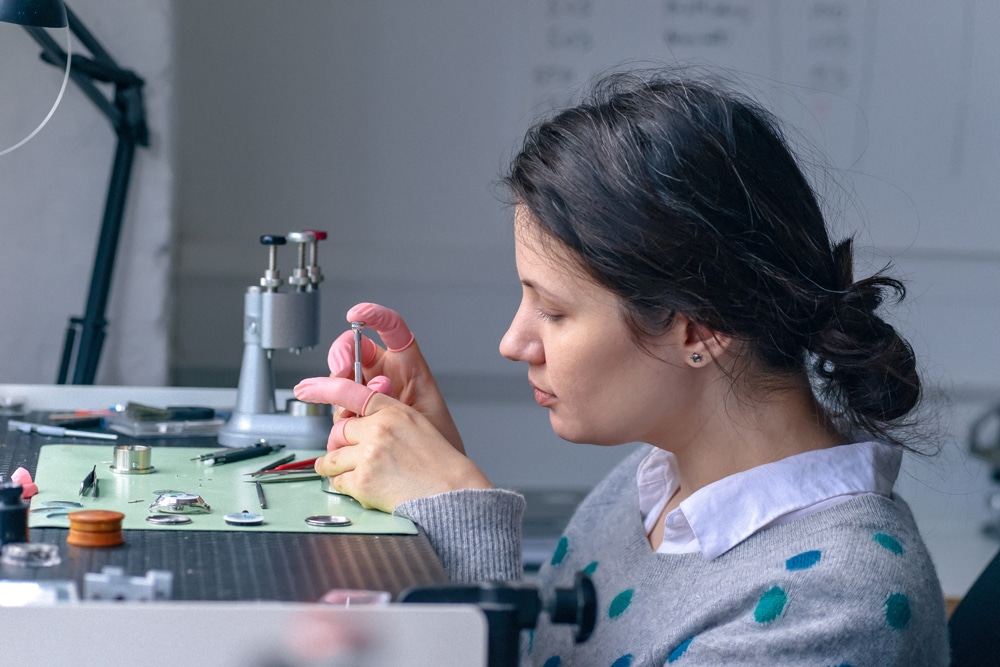
Tell us some of the stories behind some of your designs
Sun and Moon is a reinvention of a very old fashioned way of showing the time. I’m interested in the history of horology and I’m particularly drawn to examples of watches that pre-date the concentric hour and minute hands. We take for granted this standardised representation of the time, but there was a period when different schemes competed for supremacy. One of these alternatives dates to the 17th century and was called the Sun and Moon watch: on this watch the position of the sun or moon in the crescent shaped sky indicates the hour. I think this is a beautifully elegant way of showing the time. It gives a context to the passing hours, which on a most fundamental level, relate to the cycle of the sun and moon and the sky.
The Accurate has two hands which are made of the words: “remember” and “you will die”. The dial and rim of the glass are mirrored, so when you look at your wrist, you see yourself in the watch face, this is so that there is no ambiguity about who the message is aimed at! The Accurate is a link to the tradition of the memento mori – an object designed to remind us that life is brief and that we should seize the moment while we are here.
Related to The Accurate is the Last Laugh, this watch features a skull with the time displayed on the skull’s teeth: the hours are on the upper jaw and the minutes on the lower jaw. I was pleased with this as a way of integrating the time display within an overall image, something we’ve gone on to do with a lot of our designs.
A recent design which has been very popular is called “A Perfectly Useless Afternoon” which was designed by Belgium illustrator Kristof Devos. On it a figure lounges in a swimming pool, he slowly rotates and his feet point to the hours, a rubber duck in the pool gradually swims around the edge and marks the minutes. Kristof described the design, “Read a quote by a Chinese writer, translator, linguist and philosopher Lin Yutang that I’ve kept close to my heart ever since: ‘If you can spend a perfectly useless afternoon in a perfectly useless manner, you have learnt how to live’. When designing this watch, I took that quote as a starting point. One of the ways I love wasting time is by floating around, with my eyes closed, letting the water be my guide. The perspective of my illustration lets you dive into time.”
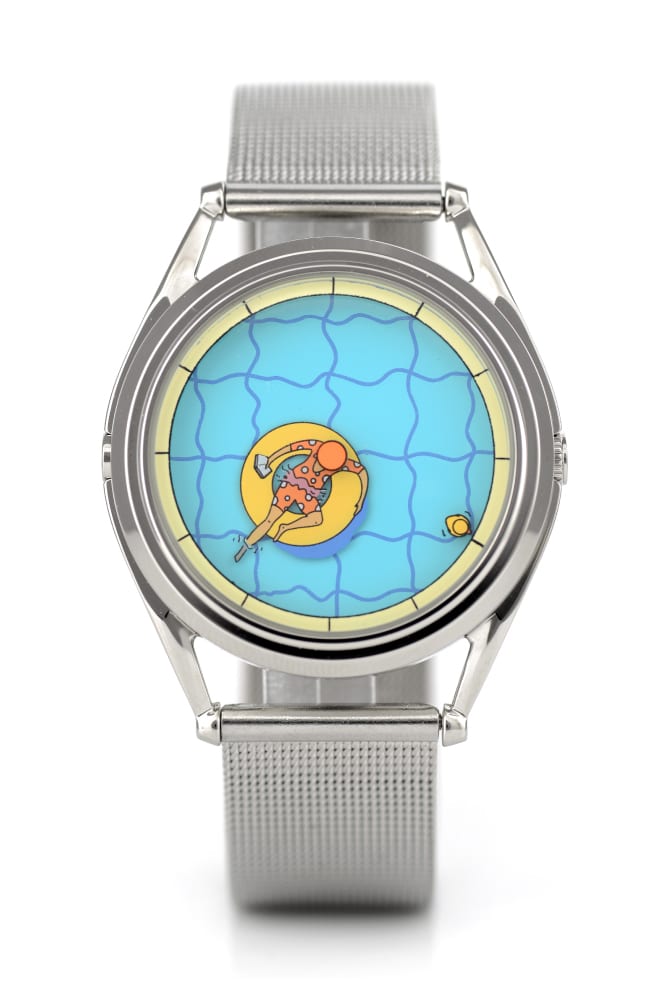
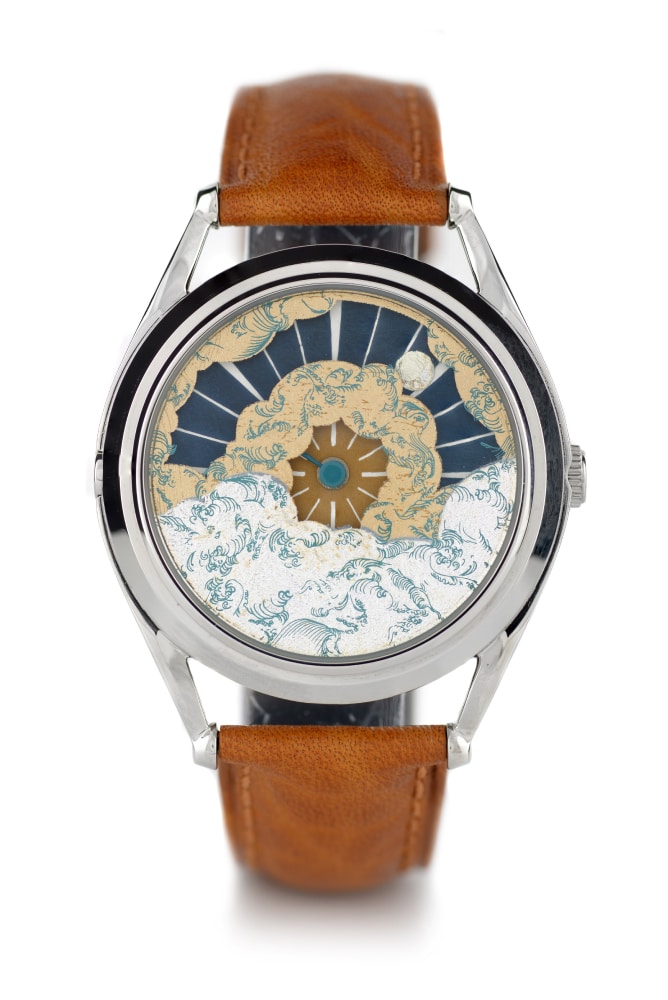
Since you began your business, what have been the most significant challenges?
Two things spring to mind: from the communication point of view the rise in importance of social media has been one thing that simply wasn’t a factor in 2007. The other significant change is that since 2012 we started printing and assembling our watches in London, initially just the limited edition models but now we produce and assemble all our watches in-house. This really revolutionised how creative we could be with the designs and also how quickly we could develop new models.
Do you think it takes a particular kind of person to run a business? What traits do you need?
No, I believe that anyone can learn to run a business, I don’t think it’s something you have to be born into. I think you need to understand what makes you different from the other companies in your field and also to be ruthlessly honest with yourself about what’s working and what isn’t. You need to recruit good people to work with you and also to allow them the space to do what they do best (this can be hard – letting go of some of the control and trusting other people is scary!)
What do you love most about what you do?
There’s something magical about being able to turn an idea on a piece of paper into an actual, physical watch. The sense of achievement that comes with each new design we produce never gets old.
Who or what inspires you?
David Smith, the great American sculptor is a hero of mine and he wrote a series of “Questions for Students” which are sort of reflective devices for thinking about creative practice. I find them a really rich source of inspiration, you can find them here.
What’s your studio set up like?
Currently we work in part of a converted suitcase factory in Camberwell. We have one room for assembly and one for printing. I think most people are struck by how small the setup is – one of the very practical things about making watches is that all the components are small, so we’re able to store a lot in a small space. We also have a great shop space at Oxo Tower Wharf, which allows us to have direct contact with our customers and get feedback on the designs they love.
You’ve lived in London all your life, what is it about this city that keeps you here?
I guess I don’t really think about ‘living in London’ because that would imply a considered choice, for me it’s simply home, where I’ve always lived and I couldn’t imagine living anywhere else.
What would you tell your younger self if you could go back to when you started your business?
Hmm tricky one – I think you need to learn from your mistakes as you go along so I wouldn’t want to skip any of those lessons. I guess getting a dog (Stanley) for the workshop really helped the happiness of everyone at Mr Jones Watches, so I’d probably say to get a dog sooner!
Mr Jones Design can be found at Unit 1.11 Oxo Tower Wharf, Bargehouse Street, London SE1 9PH & online at mrjoneswatches.com
